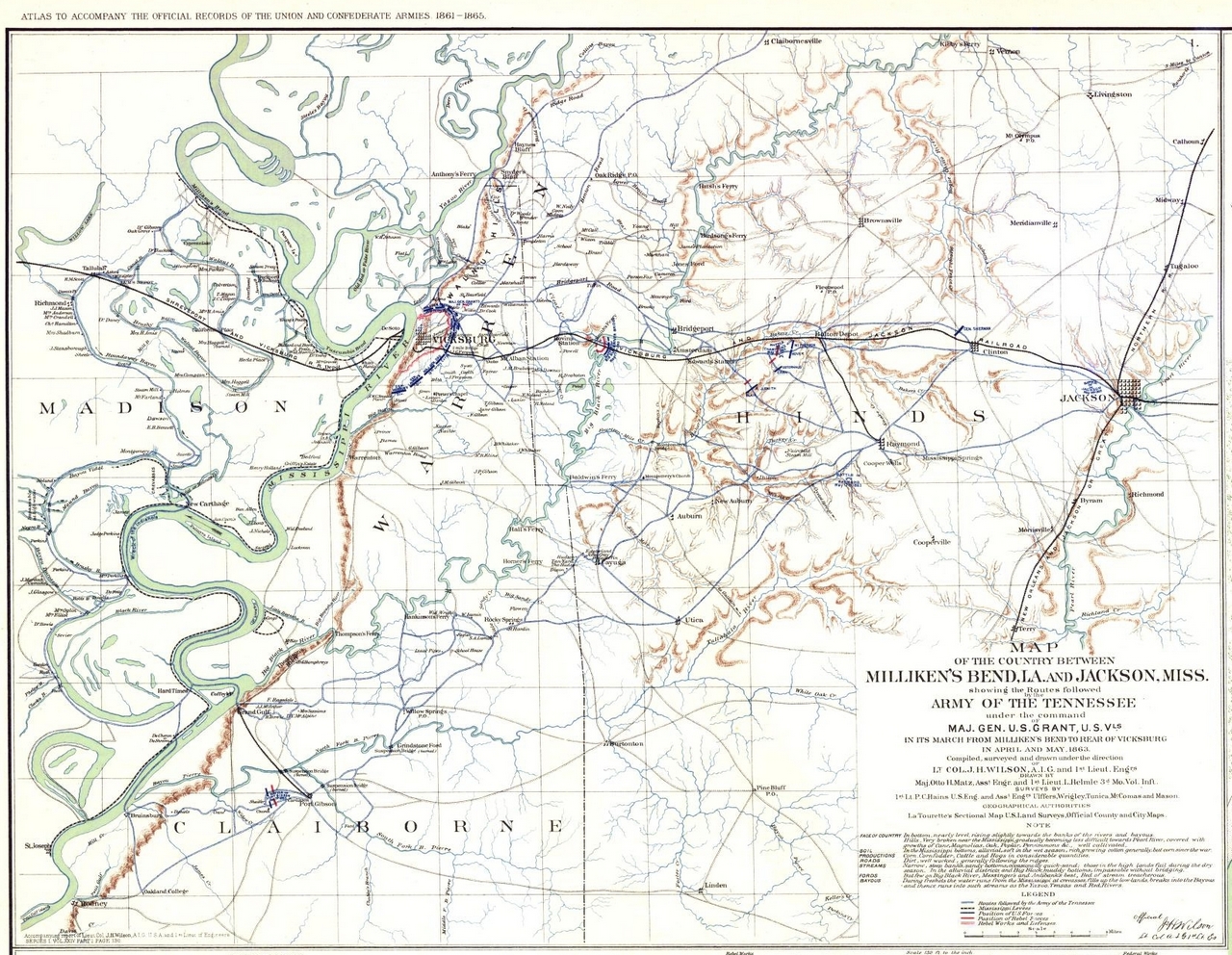At the outbreak of the war, The Mississippi River was the main economic highway from the heartland of the United States, allowing transport of crops and cargo of all kinds to the port of New Orleans. The Vicksburg and Meridian Railroad, finished in 1846, was the only East-West Railroad between New Orleans and Memphis, and would be vital in supplying munitions to the Trans-Mississippi Confederacy and moving cattle and hogs to the Eastern Confederacy.
Jefferson Davis, the only president of the Confederate States of America owned a plantation a few miles South of town. On February 9, 1861, after Mississippi and six other states had seceded from the Union, the provisional Confederate Congress met in Montgomery, Alabama and elected Jefferson Davis as President of the CSA. Two days later, in Vicksburg, President Davis gave his first address as the President of the Confederate States of America.
Vicksburg has a strong connection with the SCV founder, Lt. Gen. Stephen D. Lee, who in later years, worked tirelessly to establish the Vicksburg National Military Park. Stephen Dill Lee was an American soldier, and the youngest Confederate lieutenant general of the American Civil War. He was the first president of the Mississippi Agricultural and Mechanical College (Mississippi State University)and served from 1880 until 1899. General Lee died in Vicksburg on May 28, 1908, becoming ill after giving a speech to former union soldiers from Wisconsin and Iowa. He is memorialized by a statue in the Vicksburg Military Park.
Located high on the bluffs overlooking the Mississippi River, the Confederate earthworks formed a crescent-shaped ring of manned gun emplacements aimed at all potential Union avenues of approach to the city by land and by river. The earthworks were initiated in September 1862, and remained untested until the spring of 1863, when, pushing southward from Illinois by land and northward from the Gulf of Mexico by river, the Union army and naval units attacked the Confederate strong-points from both ends of the line. They captured post by post and city by city until. . . . Vicksburg alone barred complete Union possession of the Mississippi River. Then began the Union campaign for Vicksburg. Waged between March 29 and July 4, 1863, the campaign included battles in west-central Mississippi at Port Gibson, Raymond, Jackson, Champion Hill, and Big Black River Bridge, as well as forty-seven days of Union siege operations against the Confederate forces defending the city of Vicksburg before victory was achieved. The surrender of Vicksburg on July 4, 1863, effectively left the Confederacy split in two and vulnerable to Union attack in the Western Theatre. This decisive campaign, coupled with the fall of Port Hudson, Louisiana, five days later, divided the South and gave the North undisputed control of the river.

